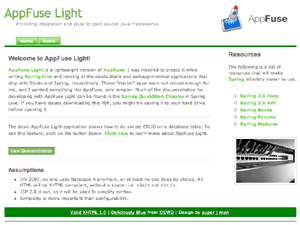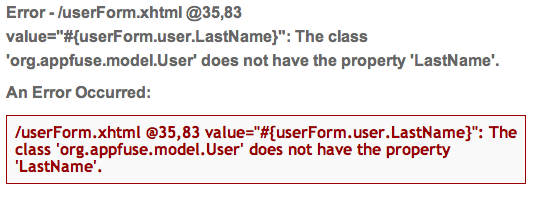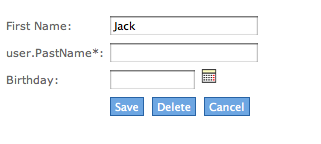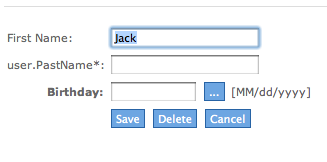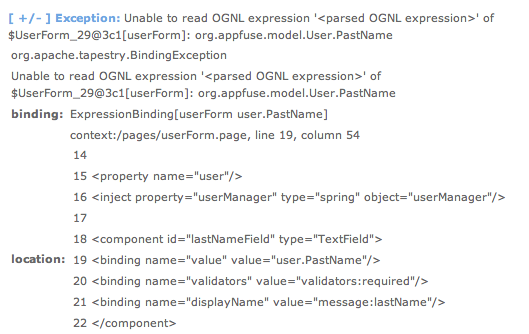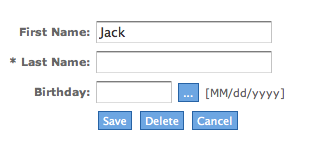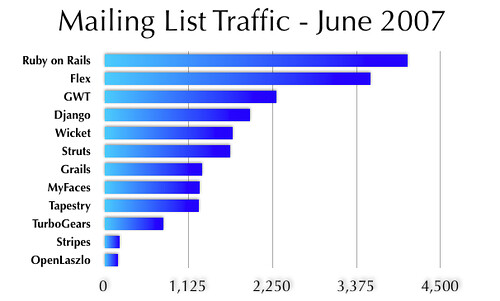Comparing Kick-Ass Web Frameworks at The Rich Web Experience
Yesterday, I delivered my Comparing Kick-Ass Web Frameworks talk at the Rich Web Experience in Orlando, Florida. Below are the slides I used:
Although it's difficult to convey a presentation in a slide deck, I can offer you my conclusion: there is no "best" web framework. I believe web frameworks are like spaghetti sauce in that everyone has different tastes and having so many choices is necessary to satisfy everyone. You can read more about the plural nature of perfection in Malcolm Gladwell's The Ketchup Conundrum (a written version of What we can learn from spaghetti sauce). Even though there is no "best" web framework, I believe GWT, Flex, Rails and Grails are frameworks that every web developer should try. They really do make it fun to develop web applications.
You can find the slides for my other RWE talk at Building SOFEA Applications with GWT and Grails.
Kudos to Jay Zimmerman for putting on a great show in Orlando this year. I had a great time talking with folks and learning in the sessions I attended. I particularly enjoyed bringing my parents and kids and staying at such a nice resort. Disney World (Magic Kingdom) and Universal Studios was very enjoyable due to the short lines. Also, the weather was perfect - especially considering the freezing cold in Denver this week. 



